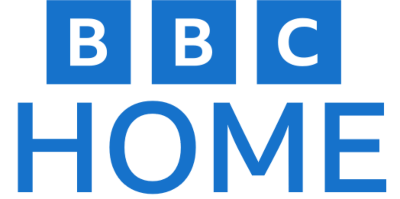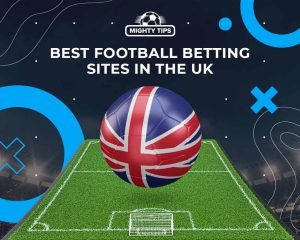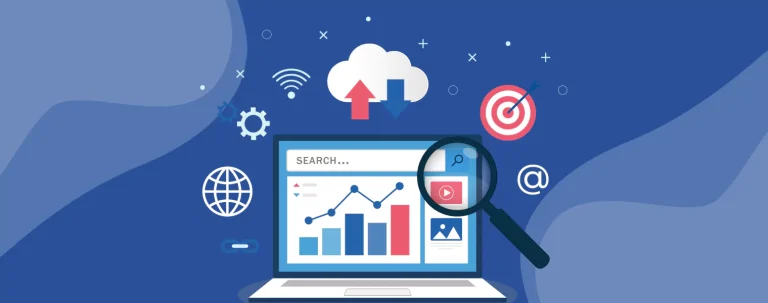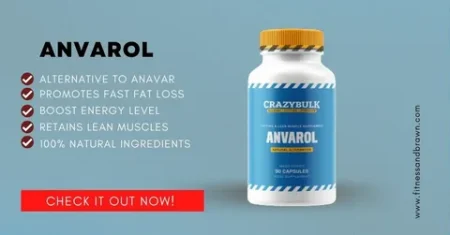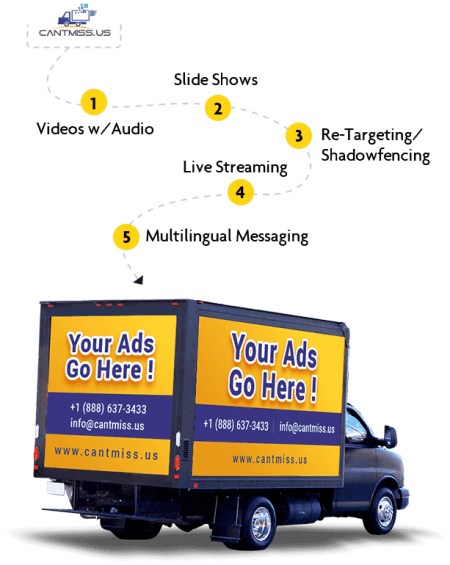Your website looks fine, but it’s not converting. Visitors land, browse, and bounce. You’ve invested in ads, SEO, and content, yet results fall short. Sound familiar? This is a common issue for Tampa businesses. The truth is, without website optimization Tampa strategies, you lose leads every single day.
Poor load times, weak calls to action, or unresponsive layouts silently kill growth. It’s not just about good looks anymore. You need performance. Optimization ensures that your site works fast, delivers value quickly, and guides visitors to take action. In this post, we’ll explain how Tampa brands can boost conversions with simple, effective changes in web design and development.
Improve Site Speed and Mobile Access
Fast-loading websites keep users engaged. When your site lags, users leave, simple as that. Google data shows that if a page takes longer than 3 seconds to load, more than half of the visitors leave. This is especially true on mobile.
Site speed directly impacts user experience and search rankings. If your Tampa audience can’t access your content quickly on phones or tablets, you’re losing business. Optimize images, reduce server requests, and use responsive themes. Test performance regularly using tools like PageSpeed Insights or GTmetrix.
Businesses that focus on website optimization in Tampa services see a direct lift in engagement. A faster website means lower bounce rates and higher conversion chances. Combine speed with mobile-friendly design to give users what they want right when they want it.
Why Use Smart, Action-Driven Design?
A beautiful website means nothing if it doesn’t convert. Good design is more than colors and layout; it’s about guiding users toward a clear action. Tampa businesses must focus on function as much as form. Web design Tampa experts recommend user-focused layouts. This means visible calls to action (CTAs), short headlines, and logical content flow.
Highlight Your Value Proposition
Your value proposition should be clear and immediate. Visitors decide within seconds whether to stay or leave. A strong statement above the fold tells them what you offer, who it’s for, and why it matters. Avoid buzzwords. Be specific. This clarity builds trust quickly and sets the tone for everything that follows on your site.
Create Visible Calls to Action
Every page must guide users to the next step. Use bold, actionable language like “Schedule Your Demo” or “Start Free Trial.” Place CTAs where they’re easy to see, top, middle, and end of the page. Avoid vague phrases. Direct CTAs give clarity, reduce confusion, and increase the chance of users taking meaningful action.
Use White Space Effectively
White space is a powerful design tool. It helps users focus, reduces overwhelm, and makes your content easier to digest. Instead of cramming everything together, give your layout room to breathe. This clean, balanced approach guides attention to key messages, improves comprehension, and creates a visually pleasing experience that supports higher engagement and conversions.
Optimize for Local Tampa Users
Local traffic matters. Tampa customers are looking for nearby businesses they can trust. Without local optimization, your website misses out on high-intent visitors. You can use geo-targeted content and Tampa-specific keywords throughout your site. This includes service pages, meta titles, and image tags. Create dedicated landing pages for each neighborhood or zip code you serve. This helps search engines understand your local relevance.
Custom web design Tampa professionals also recommend using maps, local testimonials, and recognizable visuals that build trust. Show you understand the area. Mention nearby landmarks or events where your brand is involved.
Local visitors connect better with businesses that feel close, both physically and emotionally. When your website speaks their language and location, it increases confidence and conversions.
How to Align Web Design With Business Goals?
Every page should have a purpose. Whether you’re booking consultations or selling products, your website should reflect those goals clearly. Too many Tampa websites try to do everything and fail to do anything well.
- Define Your Conversion Goals Early: Know what actions you want visitors to take; form submissions, calls, and purchases, and structure your site to support those actions from start to finish.
- Keep Navigation Simple and Clear: Confusing menus cause users to leave. Stick with clear, predictable categories that make it easy for users to find what they need in just one or two clicks.
- Use Content to Guide Decisions: Offer short, benefit-focused copy that builds trust. Use headlines, bullets, and proof points to show visitors that they’re in the right place.
Prioritize SEO During Development
SEO isn’t something you add after building a site; it’s part of the build. Working with website development Tampa experts ensures your website is structured for visibility from the start. Start with a strong site architecture. Use clean code, optimize header tags, and ensure internal links are logical. Then add schema markup to help search engines understand your content better.
Don’t forget technical SEO: fast loading times, mobile responsiveness, secure HTTPS, and proper redirects all matter. Image compression and alt text also help with both speed and accessibility. When SEO is baked into your site from the ground up, you get long-term organic growth. A well-optimized site becomes an asset that attracts leads around the clock without extra ad spend.
Final Takeaways
A well-optimized website is a powerful conversion tool. It’s not about adding flashy design—it’s about smart strategy, speed, and local relevance. Tampa businesses that prioritize these areas see better results, higher engagement, and improved sales. Focus on performance, user experience, and SEO to turn your website into a growth engine.
Want to improve your website performance? UnKAGEd Media helps Tampa businesses convert more visitors with smart design and optimization strategies.
FAQs
1. Why is website optimization important for Tampa businesses?
It helps improve speed, user experience, and SEO, which leads to higher engagement and more conversions from local visitors.
2. How often should I update my website?
Every 2–3 years for design refreshes, but content, speed, and technical performance should be reviewed quarterly.
3. What’s the difference between web design and development?
Web design focuses on layout and visuals, while development handles functionality, coding, and performance behind the scenes.
4. Can mobile optimization improve my search rankings?
Yes. Google prioritizes mobile-first indexing, so a mobile-optimized site ranks higher in local and national search results.
5. How do I choose a Tampa web design service?
Look for local experience, proven results, and a team that understands your industry and business goals.
